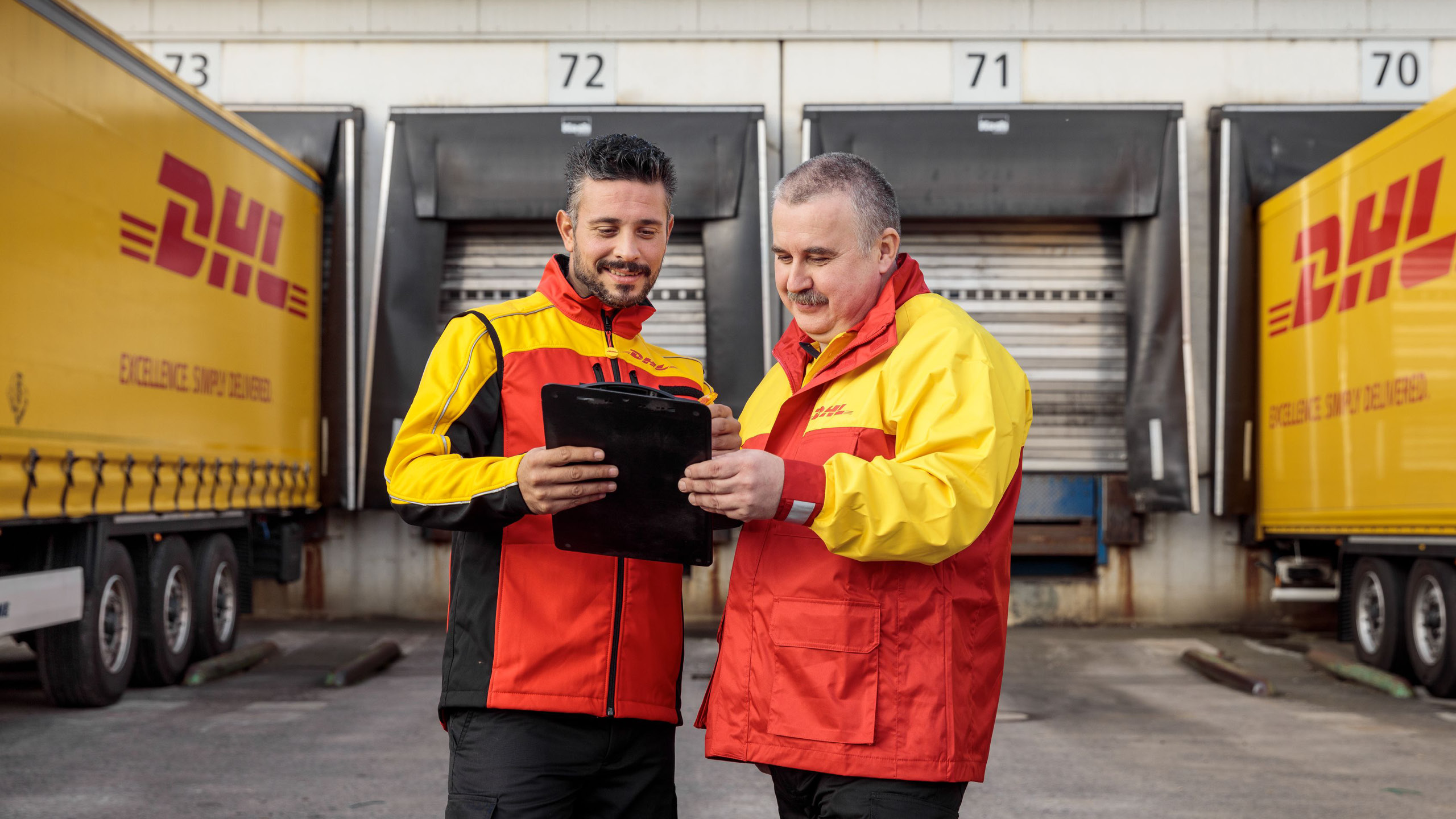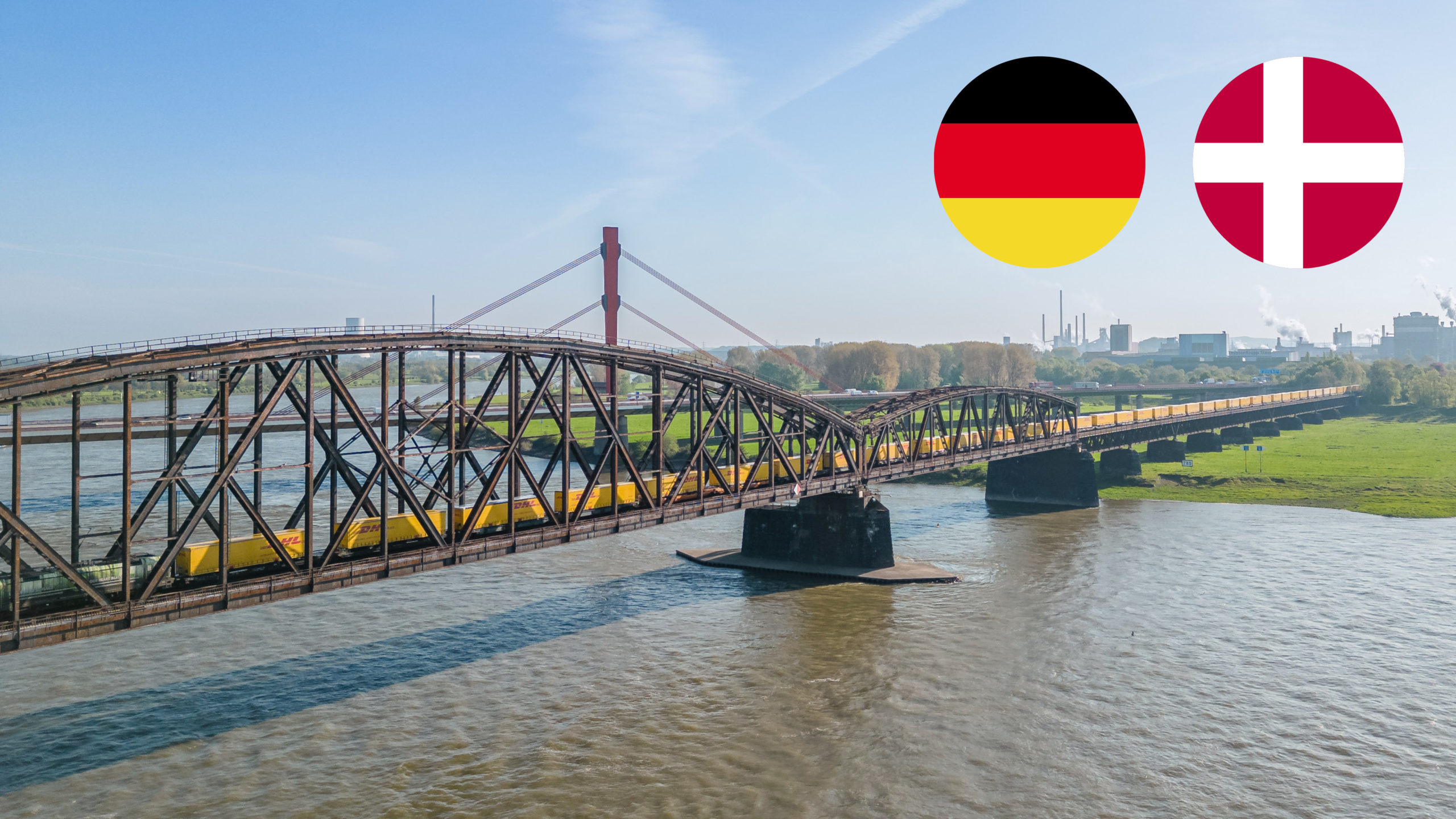
Business models differ at strategic and operational levels, and so do the requirements for the associated logistics processes – e. g., in terms of involving external logistics service providers. When it comes to identifying different logistics models, the categories 1PL, 2PL, 3PL, 4PL, 5PL are often referred to. What is characteristic of the different concepts, how do they differ, and which model is suitable for which requirement? In this article we provide the answers.
1PL, 2PL, 3PL, 4PL and 5PL at a Glance
Any company that not only offers services but also manufactures and distributes physical products naturally has a need for logistics services. This can be covered either entirely by internal processes or – to varying degrees of intensity – by external know-how.
The logistical models 1PL, 2PL, 3PL, 4PL, and 5PL are distinguished primarily by the degree of networking with external partners, the complexity of the supply chains, and the extent of mutual support and integration.
Below you will find brief definitions of the respective logistics models.

1PL: First Party Logistics
The abbreviation 1PL stands for the first party logistics model. In this case, a manufacturing company organizes all its logistics processes and operations internally. All related administrative and operational requirements are performed by the company itself: from procurement and intralogistics to the handling of shipments and customer interaction.
1PL is mainly used by smaller companies with manageable processes and a limited number of regular customers. Also, for start-ups with restricted resources, 1PL is often the most obvious approach to market entry. If the complexity of requirements increases after a while, the logistics model can be changed at any time.
However, 1PL solutions can also be recognized, at least in part, at group level and in large companies. This is particularly the case when clearly defined sub-processes such as factory traffic or warehouse management are handled completely autonomously.

2PL: Second Party Logistics
In 2PL, an external logistics service provider comes into play as a partner of the manufacturing company. Typically, 2PL models involve the external commissioning of specific transport processes within the supply chain. This can involve all the different types of freight and freight routes – whether by road, rail, water, or air.
2PL service providers contribute their experience in handling transport processes, as well as the appropriate equipment, vehicles, and capacities. This direct business relationship between two partners leads to sustainable relief for the client. Especially for standardizable, regularly recurring logistics requirements, 2PL is clearly the right choice.

3PL: Third Party Logistics
Third-party logistics (3PL) goes one step further. When the logistics requirements of a company become too complex to be handled either internally or in the 2PL model, the tasks are outsourced to 3PL partners. This is a common step, especially when complex and sustainable end-to-end logistics solutions are to be provided. All essential sub-processes and workflows, from mere transport and warehouse management to order processing and distribution, are being bundled.
To this end, 3PL service providers usually rely on digitization and advanced technological solutions. RFID-based systems for automated procurement in the warehouse may be part of this, as well as digital, paperless solutions to guide transport processes, integrated transportation management systems (TMS) and modern warehouse management systems (WMS).
With the 3PL logistics model, a wide variety of requirements can be met reliably and efficiently in both the B2B and B2C markets. Various service modules are combined according to the needs of the client company. In this way, sector-specific logistics systems can be implemented, for example for chemicals and pharmaceuticals, for temperature-controlled transports (e.g., in the food sector), or for the specific requirements of automotive logistics.
With this flexibility and diversity, 3PL logistics models are the best choice for large companies to meet their logistics needs from a single source.

4PL: Fourth Party Logistics
4PL or Fourth Party Logistics is a segment that continues to grow strongly. Here, logistics companies come into play that are able to realize an even deeper integration of all processes for their customers – once again significantly beyond the 3PL logistics model. In the end, responsibility for the whole process lies entirely with the external service provider, from the initial planning to the execution.
It is obvious that this logistics model requires close networking of the partners. 4PL providers do not simply process orders, but design and implement comprehensive logistics models customized to each individual case. This calls for comprehensive analysis and far-reaching insights into the customer’s business model.
As a result, 4PL providers generate long-term benefits and clear added value for their customers. The focus is particularly on aspects such as process optimization, cost reduction, transparency – and not least greater sustainability: Because every optimized process inevitably leads to lower resource and energy consumption and thus to an improvement in ecological efficiency.

5PL: Fifth Party Logistics
Among market experts, 5PL (Fifth Party Logistics) is still considered a relatively new and particularly high-growth logistics model. 5PL providers are companies that meet all 4PL requirements – and additionally support and advise their customers from a strategic perspective.
Further services such as management consulting, process analysis and optimization, project management, and IT consulting are thus integral components of the 5PL logistics model.
5PL providers are necessarily genuine integrators who bundle comprehensive expertise in digitization, supply chain, big data analytics, internet of things, and automation on behalf of their clients.
The vision is to realize autonomous, constantly self-optimizing and highly efficient supply chains with this logistics model.
Finding the Proper Logistics Model
The logistics models 1PL, 2PL, 3PL, 4PL, 5PL essentially differ in two aspects: the quality and comprehensiveness – how closely are the client and the logistics service provider networked with each other and, above all, how comprehensive is the logistical support? While 3PL is a common and proven logistics model for larger companies with assessable logistics efforts, 4PL and 5PL are considered solutions of the future – with even more integration and all the advantages and efficiency gains that can be achieved through advancing digitization and automation.
As DHL Freight and DHL Group, we offer various logistics models tailored to the needs of our customers. Please feel free to contact us and we will find just the right model for your specific requirements.


